sunnieb
Well-Known Member
As of to prove my point! Lol!No ma'am, I don't think that's too much at all!
I actually used to wet my hair daily. Some days I'd cleanse/cowash but most days, I just wet it in the shower and then slather on leave in condish and be done.
I remember when I first found this site. I was like why are those crazy ladies obsessed with their hair???
Then I grew my hair past BSL using LHCF methods and was like.....oooohhhhkkkkaaayyyy.

I was quiet for a while on here dealing with personal stuff and not paying attention to my hair routine. And now I'm going back to my basic hair routine to get my length back (and longer) because it works.
LHCF knew what they were doing back then and they still do today. The healthy hair pics on her prove it.
Last edited:







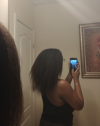


 Agreed 100%
Agreed 100%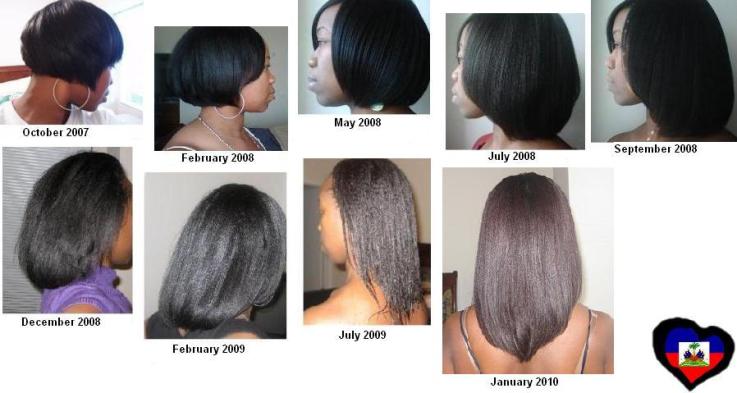



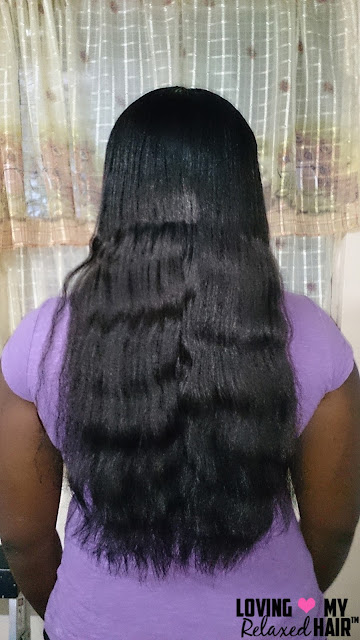
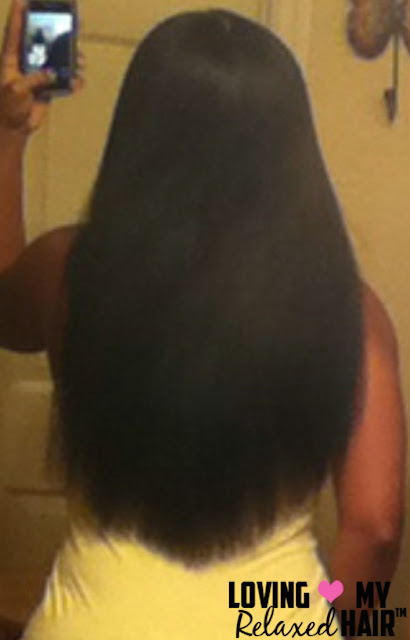
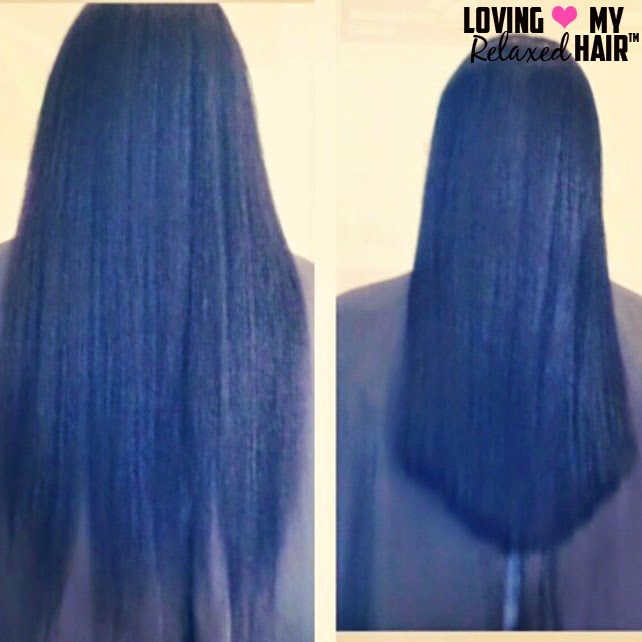
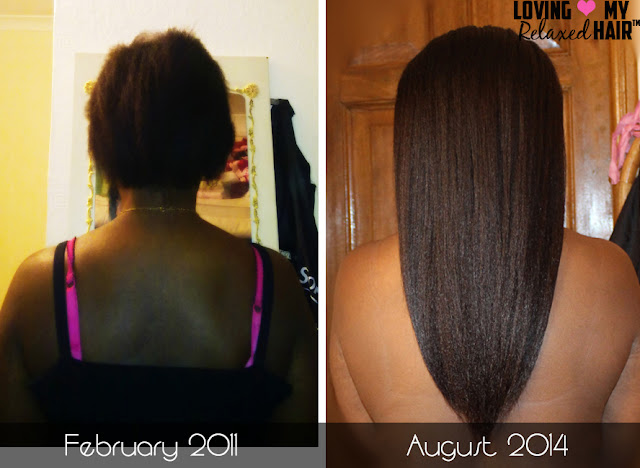
 ) looking like this! I swear it works!
) looking like this! I swear it works!
